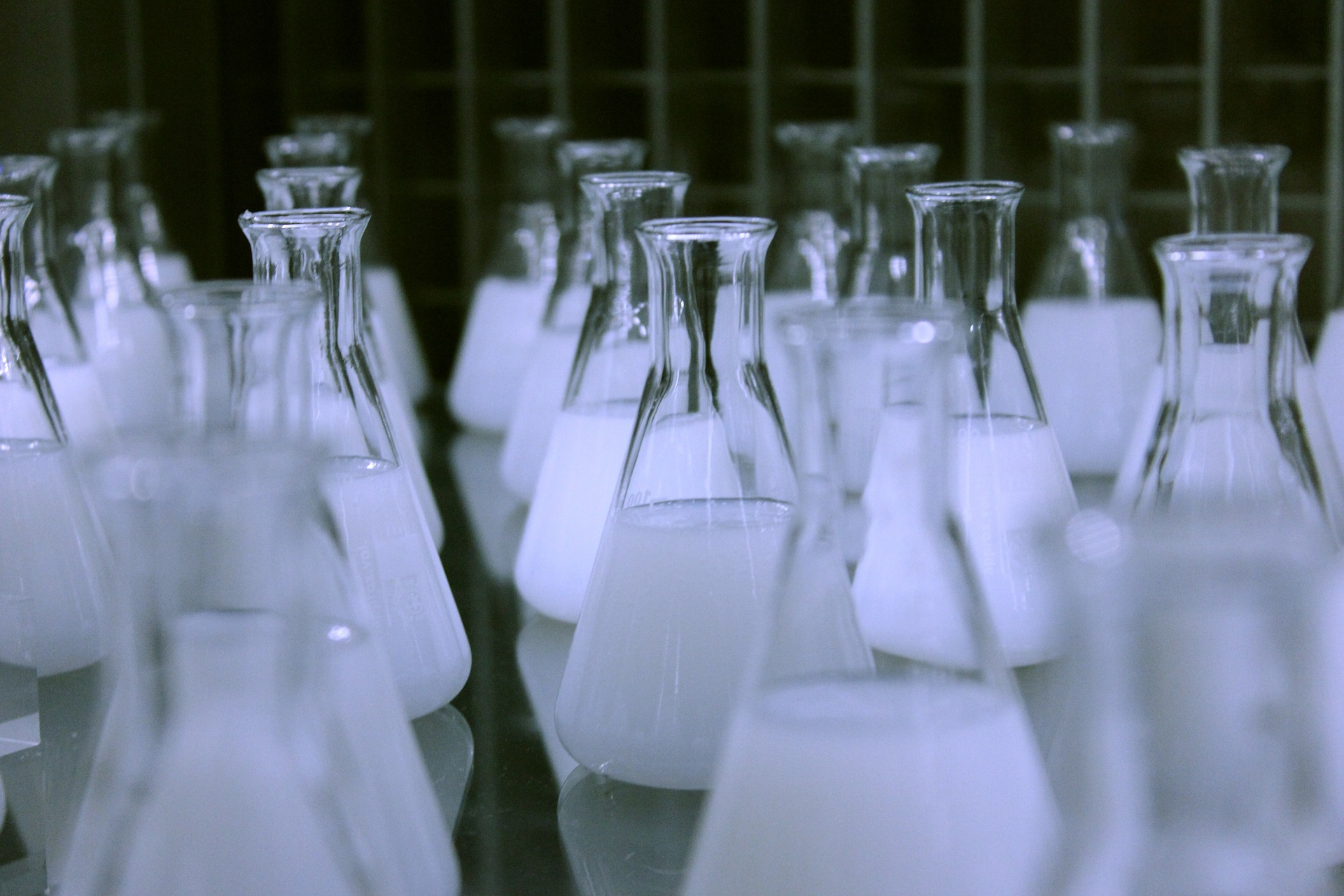According to a recent NBC News report, scientists in Winston Salem, N.C., have successfully “printed” out live human body parts, such as jawbones, ears and muscles, using a specially developed gel that acts as a holder for live cells and can be squirted quickly from a printer head before hardening into the desired shape. The gel begins life as a liquid but rapidly sets to the consistency of human tissue once printed.
Although the “bioprinting” process now utilizes a dedicated custom printer that has been developed specifically for the project – the researchers dubbed it the “integrated tissue-organ printer” (ITOP) – the team initially started out working with a regular inkjet printer. Those accustomed to using 3D printers will find the process of creating the organs decidedly familiar, with the one major difference that the “bioink” coming out of the printer’s nozzle is layered in such a way as to leave a network of minute “microchannels” within the newly printed organs that permit the circulation of nutrients and oxygen, thus feeding the cells until such a time as blood vessels can begin to grow within the structure and can take over the job themselves. The first blood vessels usually start to appear about twenty-four hours after printing.
Dr. Anthony Atala, who leads the team of scientists that developed the new technology at the Wake Forest University Institute for Regenerative Medicine, says that the technology is still some years away from allowing for bioprinted organs to be transplanted into humans. However the results are highly promising and EurekAlert reports that in recent tests organs such as a printed human ear and muscles have successfully begun to form blood cells and nerves some months after being introduced into the bodies of laboratory rodents.
Our results indicate that the bio-ink combination we used, combined with the micro-channels, provides the right environment to keep the cells alive and to support cell and tissue growth.
The research offers hope that waiting lists for donated organs might become significantly shorter in the future. Additionally, printed body parts may be custom designed to fit their new owner’s body and be grown from the patient’s own cells – thus avoiding the need for recipients to stay on medication for the remainder of their lives in order to stop their body from rejecting the ‘foreign’ organ.
























